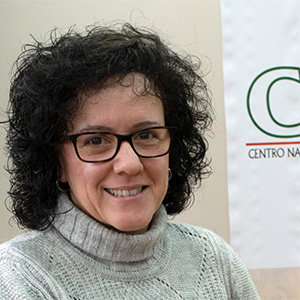El Desarrollo del Fenotipo
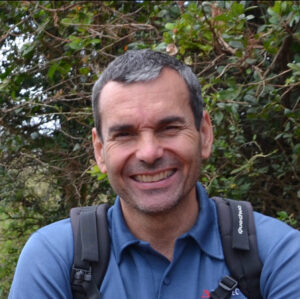
Dr Acaimo González-Reyes (CABD-UPO-CSIC)
Description of Research Line
Egg chamber production in the Drosophila ovary requires the generation of new epithelia that surround growing germline cysts and that form precisely patterned monolayered sheaths. Thus, the fruit fly ovary allows the study of epithelial morphogenesis from stem cell precursors. In our laboratory, we study the biology of the GSC niche and the mechanisms underlying proper follicular epithelium formation. More specifically:
1- We try to understand how the specialised ECM found in the niche regulates stem cell activity.
2- Using a combination of genomics, cell sorting and genetic approaches, we are studying how ageing modulates niche function.
3- In collaboration with the group of Lola Martín-Bermudo (CABD), we are utilising live microscopy to analyse follicle cell division and the role of integrins in the prevention of epithelial hyperplasia.

Description of Research Line
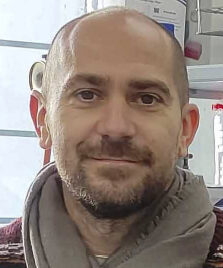
Dr Alfonso Fernández-Álvarez (IBFG-CSIC)
Quantitative biology of chromosome dynamics
Description of Research Line
We use modern quantitative cell biology approaches to decipher the full function of the most enigmatic role of telomeres in the cell: the formation of the telomere bouquet in meiosis. This 3D conformation has captured the attention of cell biologists since the 19th century when it was first observed, and its function, despite having been conserved since the origin of eukaryotes, remains a mystery. Our aim is to understand the telomere bouquet formation as one of the main drivers of genetic diversity

Dr Álvaro Rada Iglesias (IBBTEC)
Transcriptional regulation in development and congenital disease
Description of Research Line

Dra Ana Conesa (I2SysBio)
Description of Research Line
Bioinformatics analysis of third-generation single molecule sequencing data.
Modeling of Microbial Dark Matter interactions.

Dr Andrés Moya Simarro (I2SysBio)
Description of Research Line

Description of Research Line

Dra Aurora Ruiz-Herrera Moreno (UAB)
The Genome Architecture and Evolution
Description of Research Line
Our research activity is focused on understanding structural, functional and evolutionary aspects of genome organization, paying special attention to the germ line given its central role in the transmission of genetic biodiversity.
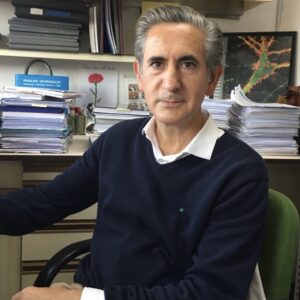
Dr Carlos Vicario Abejón (Instituto Cajal-CSIC)
Células madre, neurogénesis y neurodegeneración
Description of Research Line
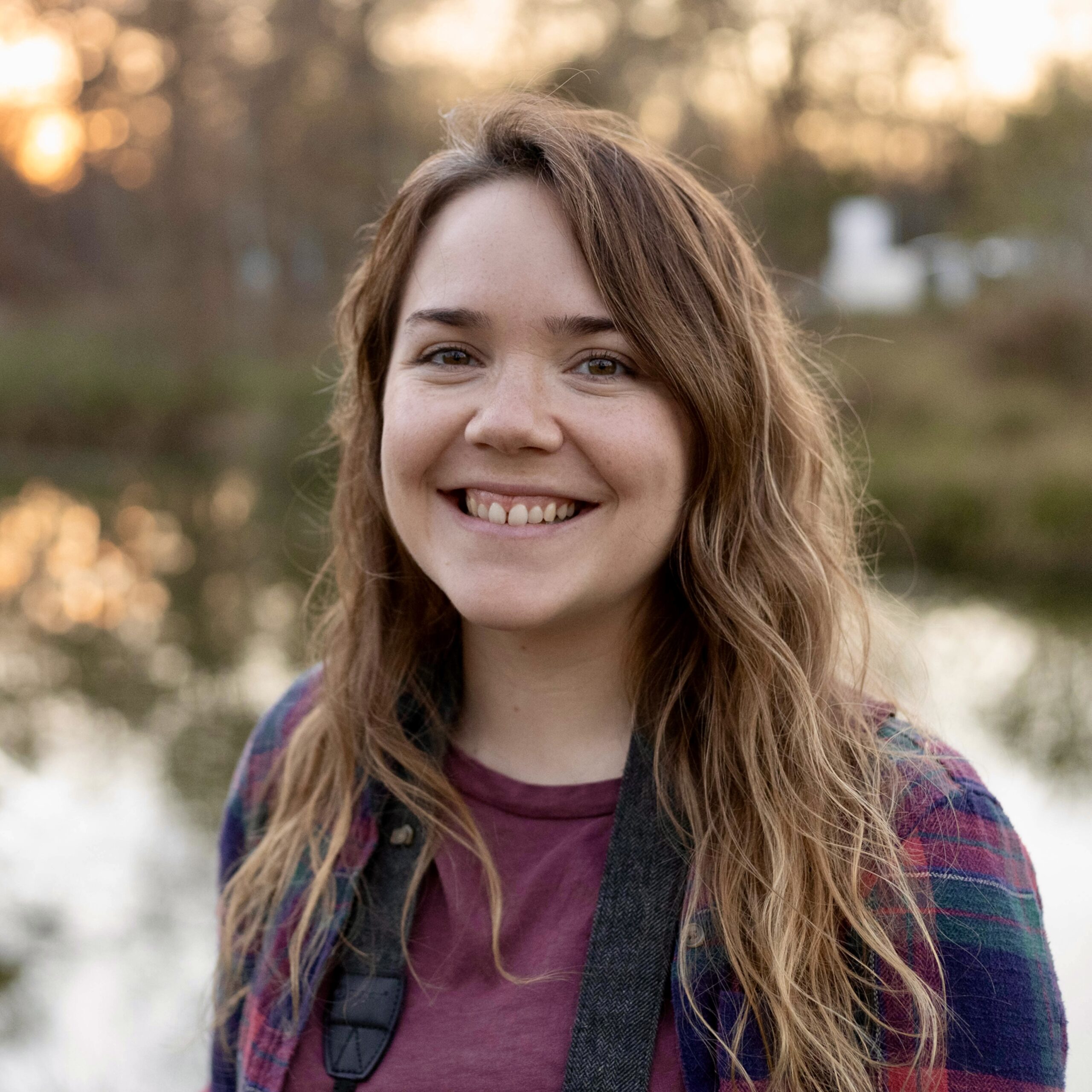
Dra Elena Camacho Aguilar (CABD-UPO-CSIC)
Description of Research Line
Understanding how cells interact and interpret dynamic signaling to create precise spatial patterns during embryonic development is one of the central questions in developmental biology, fertility research, and regenerative medicine. While answering this directly in humans presents technical and ethical challenges, new tools in stem cell research and bioengineering have opened a window into quantitatively answering these questions in vitro. By integrating these methods with mathematical modelling, such as a novel mathematical and statistical framework we developed inspired by the Waddington landscape metaphor (Camacho-Aguilar E, Warmflash A, Rand DA, PLoS Computational Biology 2021, Saez M, Blassberg R, Camacho-Aguilar E et al, Cell Systems 2022), our lab aims to gain deeper insights into human development. We are dedicated to merging stem cell research and mathematics to enhance our understanding of development. Some topics we are interested in are: dynamic signalling interpretation, cell-cell interactions, patterning, and mathematical modelling of cell fate transitions.

Dra Elena Casacuberta Suñer (IBE-CSIC-UPF)
Multicellgenome Lab
Description of Research Line
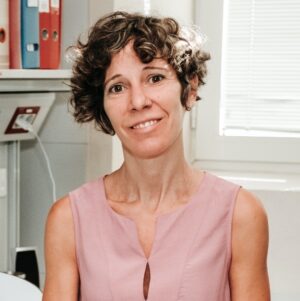
Dra Elena Gómez-Díaz (IPBLN-CSIC)
Epigenetics host parasite Malaria mosquitoes
Description of Research Line

Description of Research Line
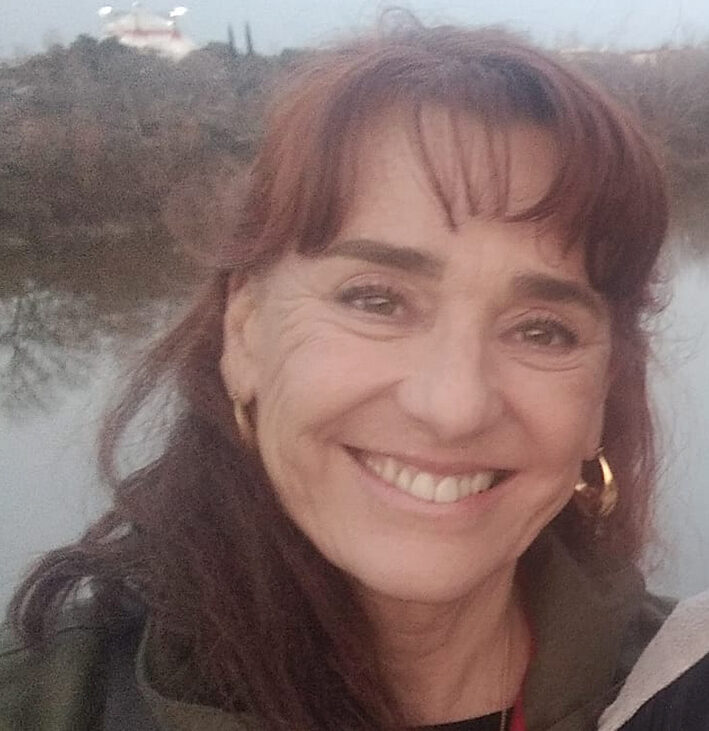
Dra Elisa Martí (IBMB-CSIC)
Development of the Nervous System in health and disease
Description of Research Line

Dra Eloísa Herrera (IN-CSIC-UMH)
Development and assembly of bilateral neural circuits
Description of Research Line
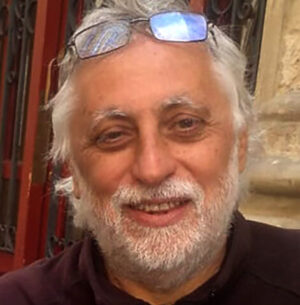
Dr Enrique Martín-Blanco (IBMB-CSIC)
Description of Research Line
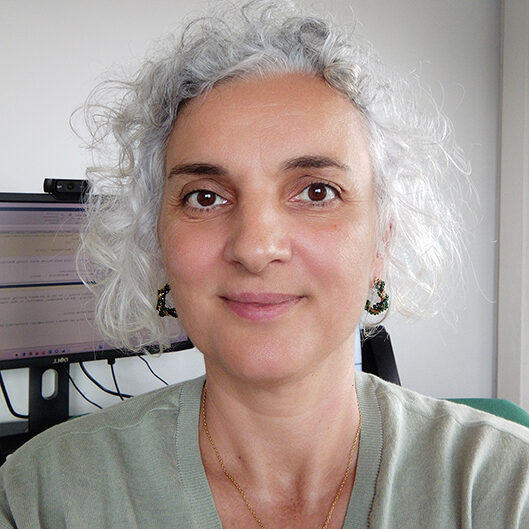
Description of Research Line
The Applied Systems Biology team is a part of the Bio2Eng group at IIM-CSIC. Our primary objective is to elucidate the interaction between biological systems and the environment, specifically the dynamics responses to environmental stress and the presence of other species. We use a multiscale modelling approach that spans from biochemical networks to ecological interactions between species. These models provide fundamental knowledge of how biological systems behave, which can be leveraged to optimize biological systems and bioprocesses of industrial interest to produce novel, high-quality, and sustainable products. In this concern, we also develop methods and tools for modelling, systems design and optimisation. We are currently considering several applications, including the dynamic modelling of food fermentation processes led by single or multiple microbial species and the modelling and design of multi-trophic aquaculture systems.
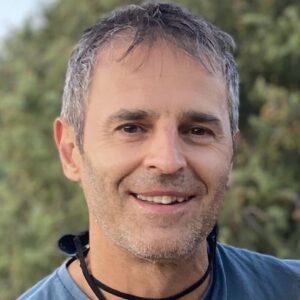
Dr Francisco García-González (EBD)
Evolution and Ecology of Sexual Interactions
Description of Research Line

Dr Francisco J. Sánchez Luque (IPBLN-CSIC)
Molecular Genetics of Mobile and Foreign DNA
Description of Research Line

Dr Ignacio Maeso (UB)
Description of Research Line
The appearance of genomic novelties often involves completely new molecular encounters where a given molecular entity had to face a hitherto ‘unknown’ molecular environment: for example, the co-occurrence in time and space of a protein with other proteins with which it had never overlapped before. Importantly, this type of first-time encounters constitutes the starting point for multiple evolutionary phenomena that are major drivers of molecular evolution.
Our goal is to understand how new biological interactions are initially set at the time of origin of molecular innovations. This will allow us study the inherent capacities of biological molecular structures to interpret other biological systems and shed light into how the identity of these systems is defined and changed over time.
We approach this general questions from the perspective of the evolution of transcriptional regulation, using a variety of functional genomic and approaches and developmental model systems such as zebrafish.

Description of Research Line
My main research goals are focused on understanding the role of the microenvironment in the progression of several tumors and cardiovascular diseases as well as on the development of microfluidic devices for cell culture applications (Organ on Chips).
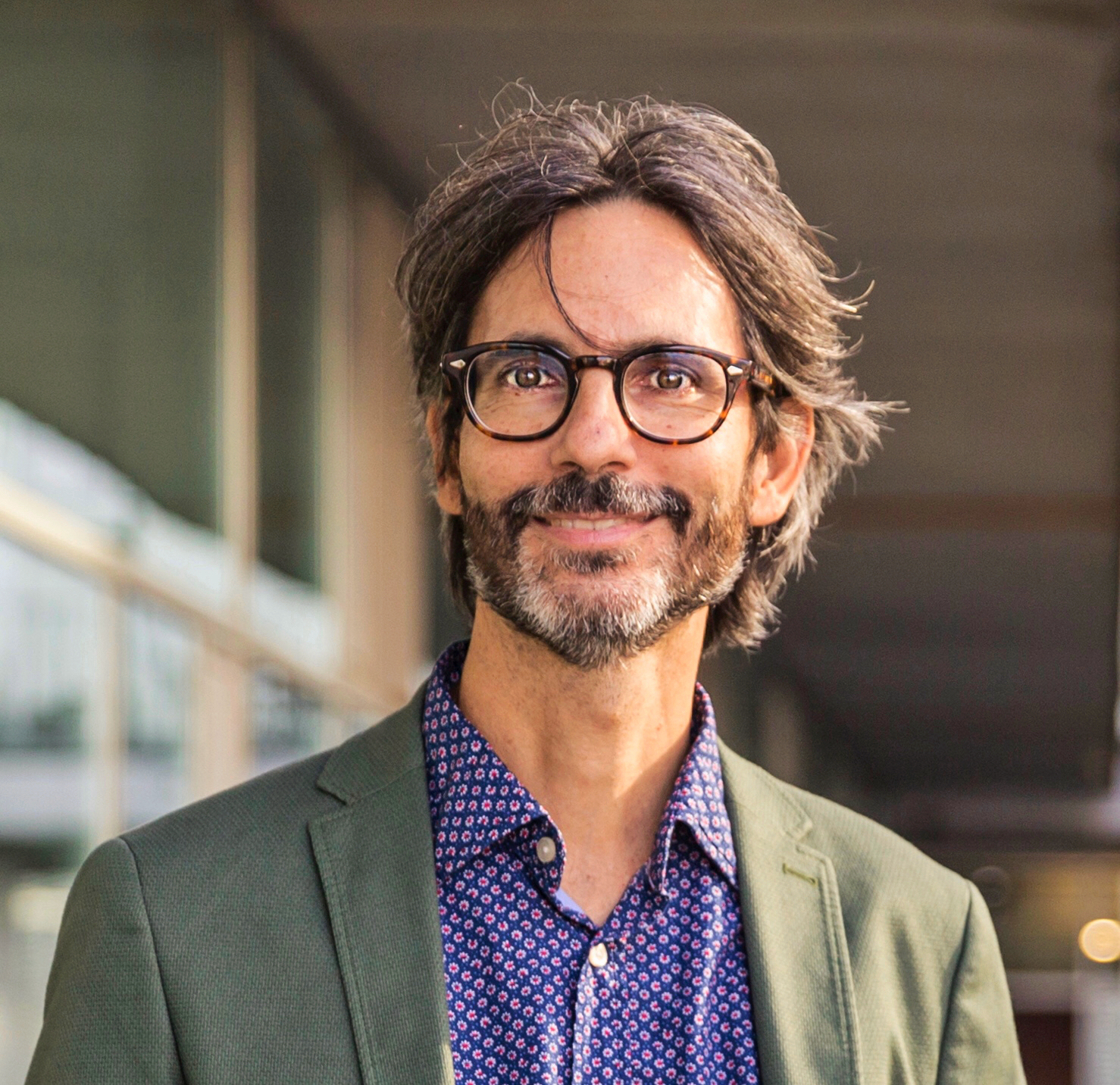
Description of Research Line

Description of Research Line
My interest lies at the intersection of Ecology, Evolution and Developmental Biology.
My group is specifically focused in understanding how organisms alter their phenotypes in response to changing environments and the extent to which such environmentally-induced changes in development influence trait evolution. The phenotypic responses we study range from responses to abiotic factors such as temperature or hydroperiod, to biotic interactions with predators, competitors or parasites, and include both within-generation and transgeneration responses.

Description of Research Line
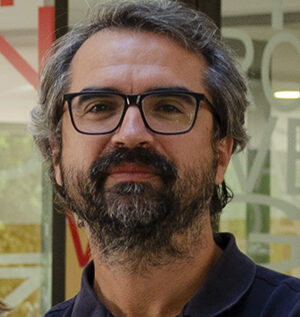
Description of Research Line
Lines of investigation:1. To delineate the role of lipid sensors and solute transporters for amino acids and
their effectors in the precise control of the juvenile-to-adult transition. 2. To study the processes of secretion and ribosome maturation in PG cells in vivo. 3. To define the secretome of PGs and study how it controls the growth of peripheral organs.

Description of Research Line
A major aim of the Cell Cycle and Signaling group is to contribute to the understanding of how protein phosphorylation is able to regulate the assembly, localization and activity of macromolecular complexes. Focusing on the cell division cycle, we study how the modification of a few specific residues of a given protein at defined subcellular locations and/or cell cycle times can dictate its structure and partners. Furthermore, we explore how this ultimately results in changes in the activity and/or localization of different macromolecular assemblies (i.e. protein motors, microtubule-nucleating complexes) and the cellular structures/machines to which they contribute (i.e. the centrosome or the mitotic spindle).

Description of Research Line
My group studies how cell lineage determines the generation of neuronal diversity in the cerebral cortex. We aim to discover molecular mechanisms that act sequentially to produce specific neuronal types. We also implement new technology to mimic the natural cell specification processes to generate specific neural types on demand.

Description of Research Line
The spatial and temporal scale of adaptive evolution
Transposable elements population dynamics
Urban adaptation of Anopheles mosquitoes

Description of Research Line
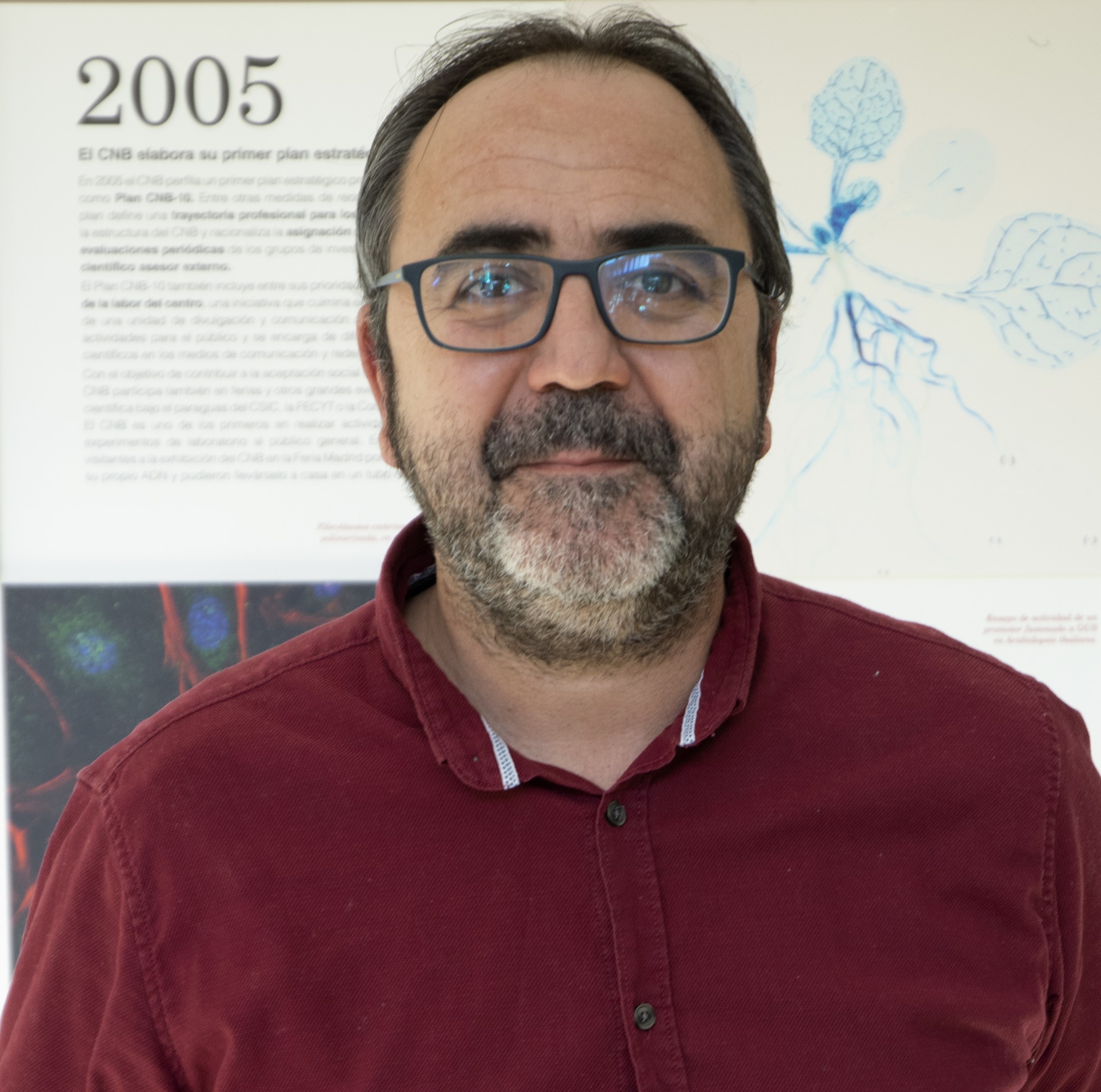
Description of Research Line
SBG is specially committed in increasing the completeness and scope of metabolic reconstructions as preliminary step toward their use as system-level microbial analysis and designing platforms. For this, we are interested in the inclusion of new metabolic modules and the development of software for the automatic reconstruction and analysis of microbial networks.
The engineering of complex phenotypes requires of cutting-edge synthetic biology tools allowing large number of genetic perturbation in a predictable way. For this, the group is developing new standardized and fully portable SynbioTools in the context of combinatorial DNA assembly, genome editing, self-regulated gene expression and spatio-temporal designing of synthetic metabolic pathways.
Guided by the thought that complex biotechnological outputs require of division of labour in order to optimized the whole process while reducing metabolic burdens, the group is moving forward from cells to microbial communities as cell factories. In this context the group is developing new computational and synthetic biology tools for analysing, designing and engineering microbial ecosystems.
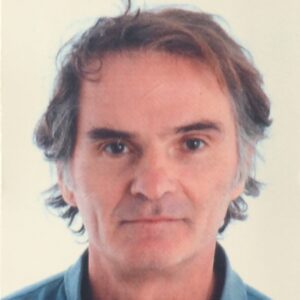
Description of Research Line

Dr Juan R. Martínez-Morales (CABD-UPO-CSIC)
Description of Research Line
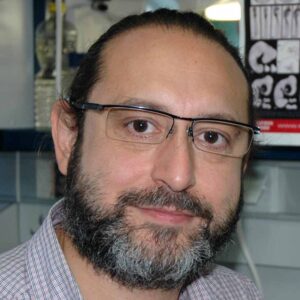
Dr Juan J. Sanz-Ezquerro (CNB-CSIC)
Embryonic development and differentiation in vertebrates
Description of Research Line
Our group is interested in understanding the molecular and cellular basis of organ formation during embryonic development. This knowledge is important for identifying the origin of congenital malformations and to understand the basis of morphological evolution. We use animal models (mouse and chicken embryos) to address several biological questions related to development, such as cell morphogenesis and differentiation. We also study the role of signaling pathways in development, adult tissue homeostasis, inflammation and regeneration.

Description of Research Line

Dr Luis Fernando Casares Fernández (CABD-UPO-CSIC)
Control of organ growth and identity during development and evolution
Description of Research Line
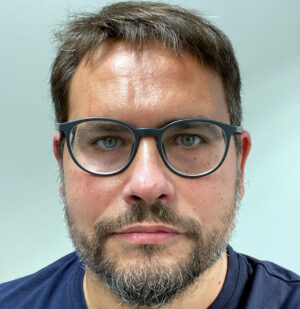
Dr Luis María Escudero Cuadrado (IBIS-CSIC-US)
Mecanismos de organización tisular / Complex Organization of Living Matter
Description of Research Line

Dr Marcelo Bertalmío (IO-CSIC)
Description of Research Line

Dra María Domínguez Castellano (IN-CSIC-UMH)
Mecanismos moleculares de control del crecimiento y cáncer
Description of Research Line
We are interested in the principles that govern higher-order growth control, as illustrated by the perfect symmetry of the body and proportionality between body parts. Central to this control is a body metric or body schema mechanism in the brain that compares actual size to expected size (by age and genetics), detects mismatches, and corrects for variations. Growth control is also vital at the local level, and one manifestation of the failure of this control is cancer. We leverage juvenile and adult-stage (gut) Drosophila cancer models to uncover the intricate pathways of cancer initiation and escape from innate antitumor immunity to safer and longer-lasting therapies. We also use population genetics and genomics to unravel individuality and resilience using fruit flies.

Dra María Dolores Martín Bermudo (CABD-UPO-CSIC-JA)
Mecanismos moleculares y genéticos que regulan migración celular y morfogénesis
Description of Research Line
In our laboratory, we are interested in understanding the molecular and cellular mechanisms underlying cell migration and epithelial morphogenesis. Cell migration plays a key role in a wide variety of biological phenomena that take place during both embryogenesis and in the adult organism. Both during development and in the adulthood, cells can move individually or collectively. In addition, they can use as substrate for their movement either extracellular matrix (ECM) components or other cells. Finally, cell migration, a fascinating process in normal cells involving numerous intricately coordinated and controlled processes, becomes destructive and damaging when acquired by cancerous cells. In our lab, we use the migration of the border cells (BC) and the follicular epithelium (FE) of the Drosophila ovary as simple genetic systems for the in vivo study of the mechanisms regulating cell migration. In addition, we use the Drosophila wing disc as an attractive system to study individual cell invasion. Shaping tissues and organs requires forces with proper directionality, generated by the contraction of actin filament (F-actin) meshworks by the molecular motor Myosin II. The magnitude, direction and timing of contractile forces depend on the organization of the cellular actomyosin meshworks and how these networks are connected between cells and to the extracellular matrix (ECM). In the lab, we are interested in understanding the mechanisms by which basement membranes (BMs) -specialized ECM that surrounds most organs and tissues- contribute to the generation of cell and tissue shape by providing a physical scaffold to oppose the contractile forces generated by epithelial cell shape changes.

Dra María Isabel Geli Fernández-Peñaflor (IBMB-CSIC)
Membrane deformation by transient macromolecular complexes
Description of Research Line

Description of Research Line
Discrete mathematical models for the topological analysis of data, with special interest on biological data
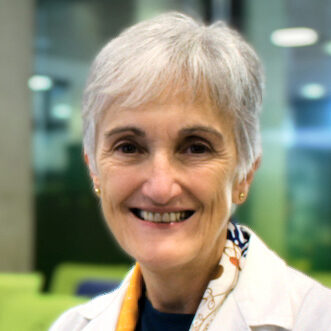
Description of Research Line

Dra Marta Llimargas (IBMB-CSIC)
Mechanisms of morphogenesis and organogenesis
Description of Research Line
We use the formation of epithelial tissues, with a special focus on the analysis of the embryonic tracheal (respiratory) system of Drosophila, to investigate the general mechanisms of organ and tissue formation, and in particular the mechanisms of morphogenesis of branched tubular structures (tubulogenesis). Our current projects address the genetic, cellular and molecular mechanisms that govern the formation and the homeostasis of the epithelium, focusing on the following issues: 1) Interactions tissue/environment during organogenesis; 2) Contribution and remodelling of Adherens Junctions and cell polarity in epithelial morphogenesis; 3) Spatiotemporal coordination of the cellular mechanisms underlying the morphogenesis of the tracheal system
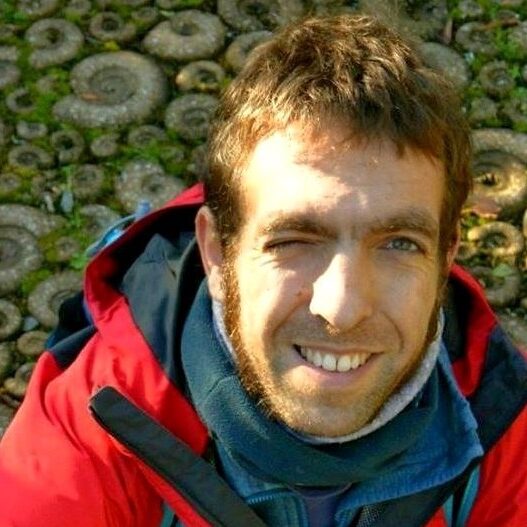
Dr Miguel Brun-Usan (UAM)/Lund University (Sweden)
Description of Research Line
I am an evolutionary biologist interested in general evolutionary patterns, trends and processes, especially those concerned with phenotypic evolution. How do phenotypes arise through developmental processes? How the interactions with environment and other evolutionary agents make organisms to evolve? How development and inheritance themselves evolve? I approach these questions through a prism whose facets are theoretical biology, computational biology and developmental biology.

Description of Research Line
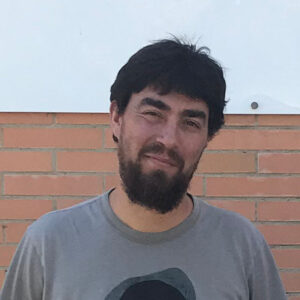
Dr Miguel Ángel Moreno-Mateos (CABD-UPO-CSIC)
Description of Research Line
Beyond novel and optimized CRISPR-Cas approaches in zebrafish, we use molecular and cellular biology, functional genomics to better understand early vertebrate development and human diseases. In particular, we are interested on a fundamental biological process, the maternal-to-zygotic transition (MZT). The MZT is a complex cellular reprogramming event in vivo driving the beginning of a new life. During the MZT, the maternal contribution (mainly RNA and proteins) is responsible for transcription activation in the embryo whose genome is initially silenced. After that, this maternal contribution is eliminated in a controlled manner. Despite recent advances, the molecular mechanisms that trigger and orchestrate early development and the MZT are not yet fully understood. Therefore, our lab is also interested in uncovering new regulatory factors controlling early development that will help to better understand cell reprogramming in vivo.

Description of Research Line
My goal is to study the functional organization of cells at the molecular level using computational approaches. I study the functions and interactions of proteins and chemical compounds in the cell from a systems biology perspective. I’m specially interested in the study of cellular dysfunctions that lead to human disease.

Dra Natalia Tapia (IBV-CSIC)
IP de la Unidad de Genética Molecular de Células Troncales
Description of Research Line

Dra Paloma Pérez (IBV-CSIC)
Laboratorio de modelos animales de patologías cutáneas
Description of Research Line

Dra Patricia Ybot-González (IBIS-CSIC-US)
Description of Research Line
Our research focuses on the aetiology and prevention of two neuropaediatric diseases that cause death and disability in newborns and are often associated with motor, sensory and cognitive impairment: neural tube defects and perinatal stroke. The common factor in these diseases is the existence of structural damage to the developing central nervous system. Currently, there is no cure for these neuropaediatric diseases causing high morbidity. Adequate supply of nutrients from the maternal diet is crucial for the proper development of the embryo and neonate. One strategy that has proven to be efficient in the prevention of neuropaediatric diseases is supplementation through the maternal diet, such as folic acid to prevent NTDs. In our laboratory, based on the use of mouse models, we study the molecular and cellular basis of these diseases, in order to design strategies for prevention or neuroprotection through maternal dietary supplementation. In parallel, and with the idea of translational research, we are looking for biomarkers for the early detection of neonatal stroke in both mouse and human models.

Dra Pilar Cubas Domínguez (CNB-CSIC)
Genetic control of shoot branching patterns in plants
Description of Research Line
We are studying the genetic basis of the control of axillary bud development in the model system Arabidopsis, and in the crop species tomato and potato in which control of lateral shoot branching is of great agronomical interest. We have characterised the Arabidopsis BRANCHED1 (BRC1) gene, which acts as a central switch of axillary bud development and outgrowth. We are now expanding our knowledge of the genetic networks involving BRC1 in Arabidopsis.

Description of Research Line
My research has dealt with methodological and applied aspects of the comparative method in evolutionary biology (incorporating phylogenetic information to estimate correlated evolution of continuous traits), behavioral and evolutionary ecology (trade-offs between antipredator and territorial behavior), and the development of statistical and machine learning methods for omics data (e.g., patient classification, Hidden Markov Models for copy number variation). In the last ten years I’ve focused mainly on evolutionary models in cancer, specially using what are known as cancer progression models; these were originally developed to infer restrictions in the order of accumulation of mutations, but are actually very general approaches to study evolutionary event accumulation from cross-sectional data. We have, for instance, examined how cancer progression models perform under different kinds of fitness landscapes and evolutionary regimes far from the «strong selection, weak mutation» one, and whether they can be used to predict tumor evolution.
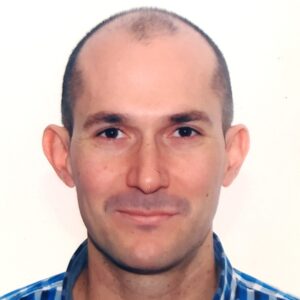
Dr Rubén Quintana Cabrera (Instituto Cajal-CSIC)
Determinants of mitochondrial physiology and intercellular transfer in the nervous system (Mitodynamics)
Description of Research Line
Our group seeks to unravel the mechanisms that underlie a wide variety of neurological pathologies, in particular neurodegenerative and oncogenic disorders, which have in common an alteration in mitochondrial function. To explore how they occur, we study the interplay between the morphology, ultrastructure and dynamics of these organelles in the regulation of metabolism, respiration, redox status, and neural bioenergetics. We focus our main interest on the coordination of mitochondrial function between cells and tissues, through intercellular transfer of mitochondrial content. Our research plan is based on these central axes: i) Mitochondrial dynamics, metabolism and bioenergetics: We study the dynamic changes in mitochondrial morphology, ultrastructure, transport and functionality. Dissecting the molecular actors that orchestrate these processes is key to address their genetic and pharmacological modulation, thus providing therapeutic benefit in neurological diseases. ii) Intercellular communication and mitochondrial exchange: Intercellular mitochondrial communication and traffic, particularly through membrane nanotubes or tumor microtubes, has been shown to be key to preserving the proper functioning of the nervous system. We address these communication processes at the molecular level, as well as the acquisition of free mitochondrial content or as in included in microvesicles. Our objective is to describe the mechanisms by which mitochondria and intercellular communication lead to neurodegenerative processes or oncogenic progression in the nervous system. iii) Mitochondrial transfer and morphofunctional reconfiguration: Intercellular transfer allows healthy mitochondria to integrate into the host cell network. Likewise, the transmission of damaged organelles for surrogate degradation or mitophagy in neighboring cells is equally possible. Addressing how any forms of transfer reconfigure metabolism and bioenergetics, to define the physio(path)ology of the nervous system, represents for us a key objective towards new therapeutic approaches.
